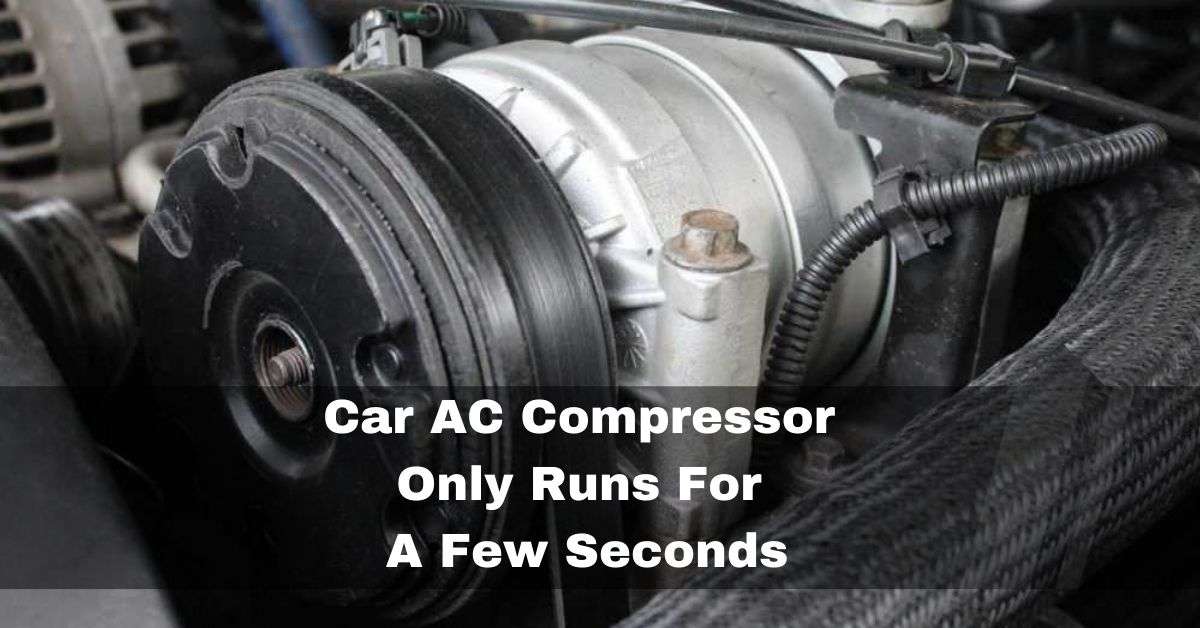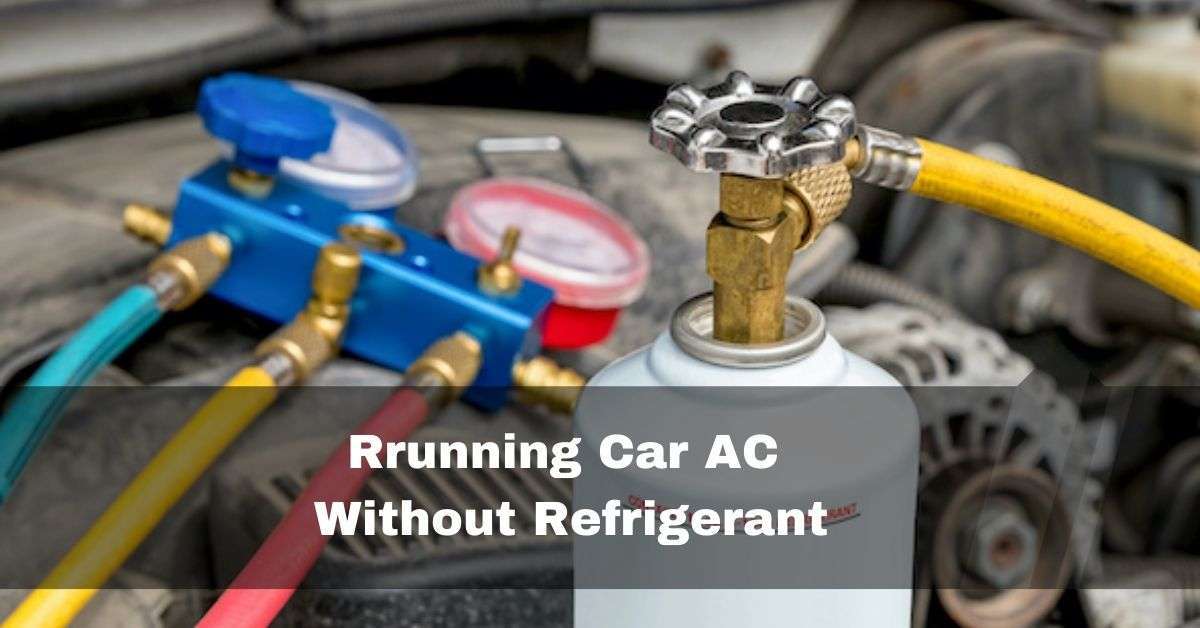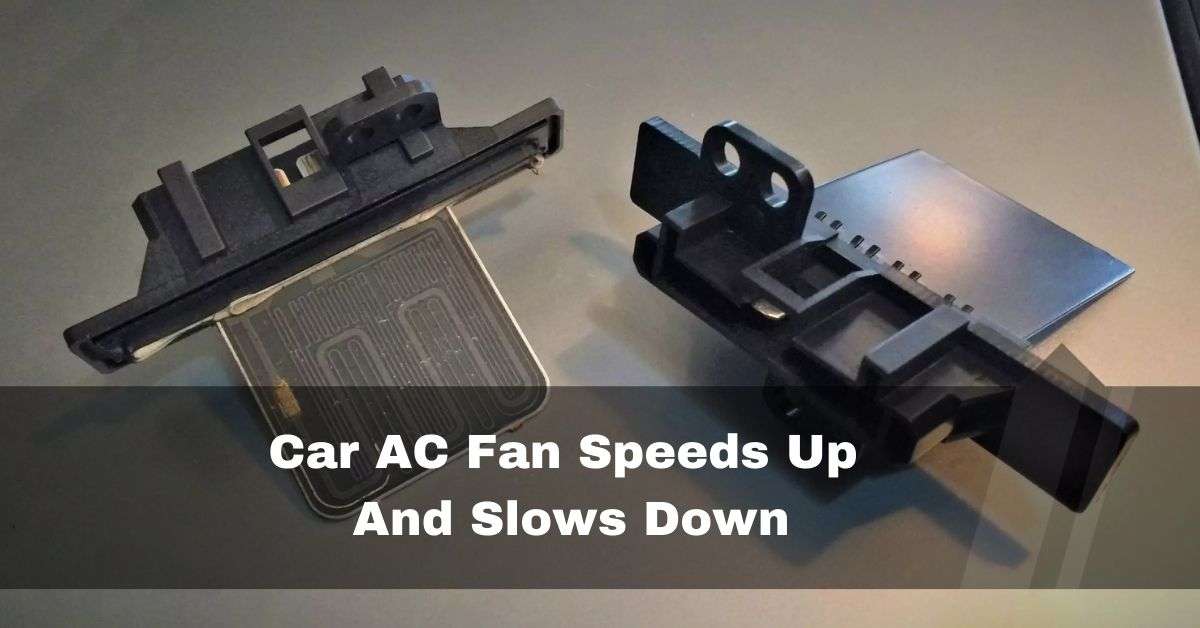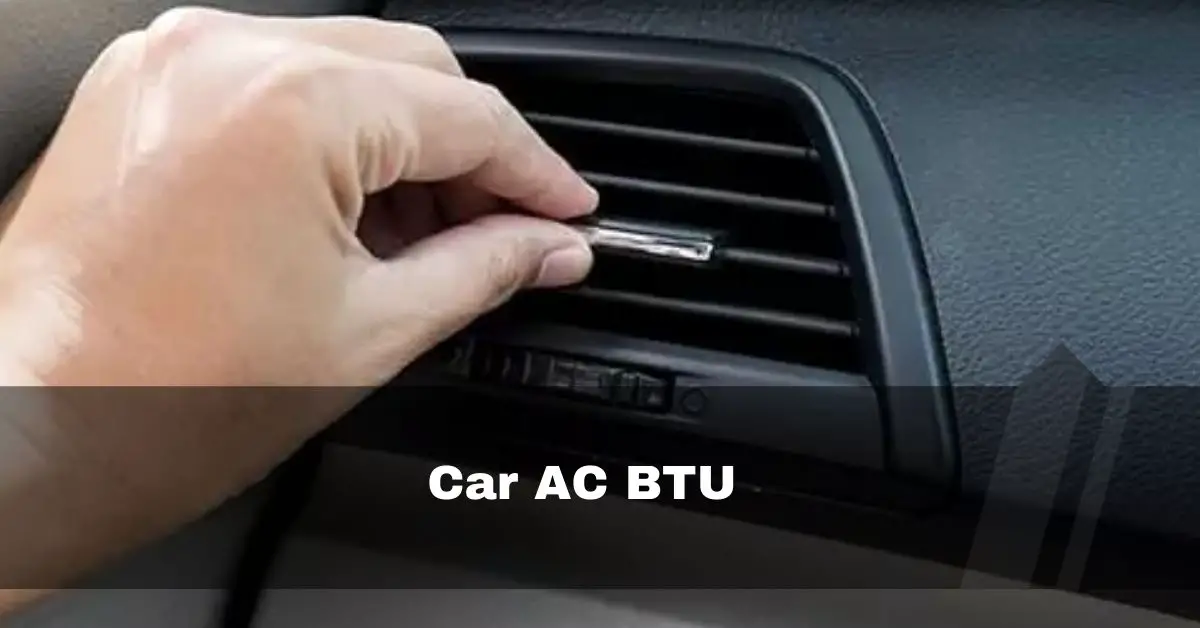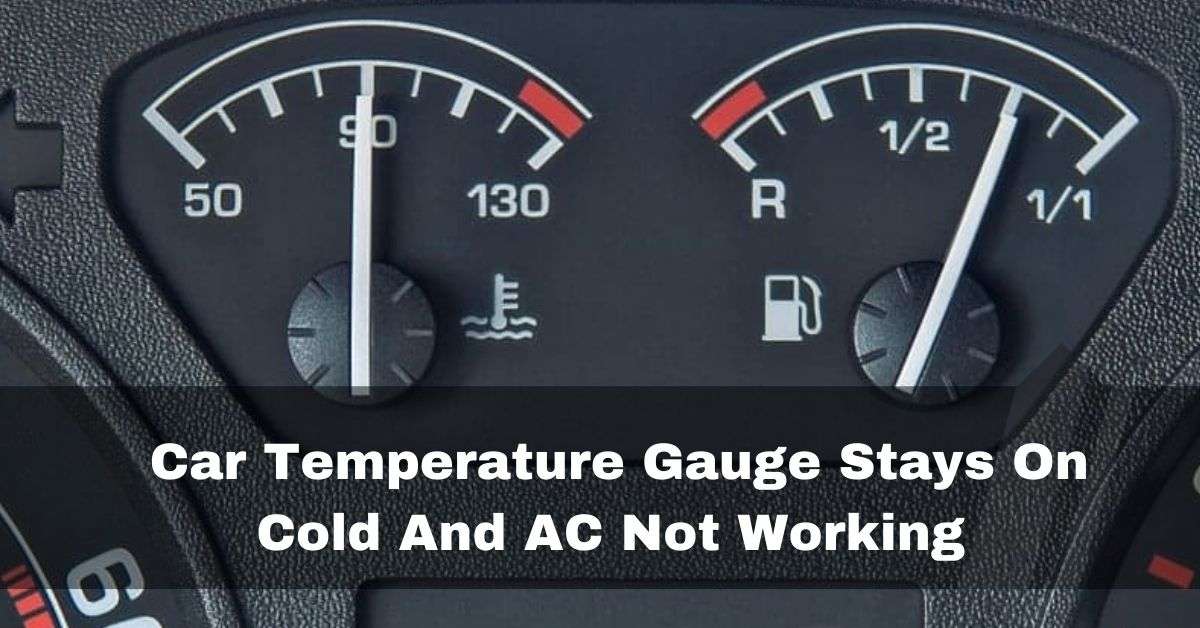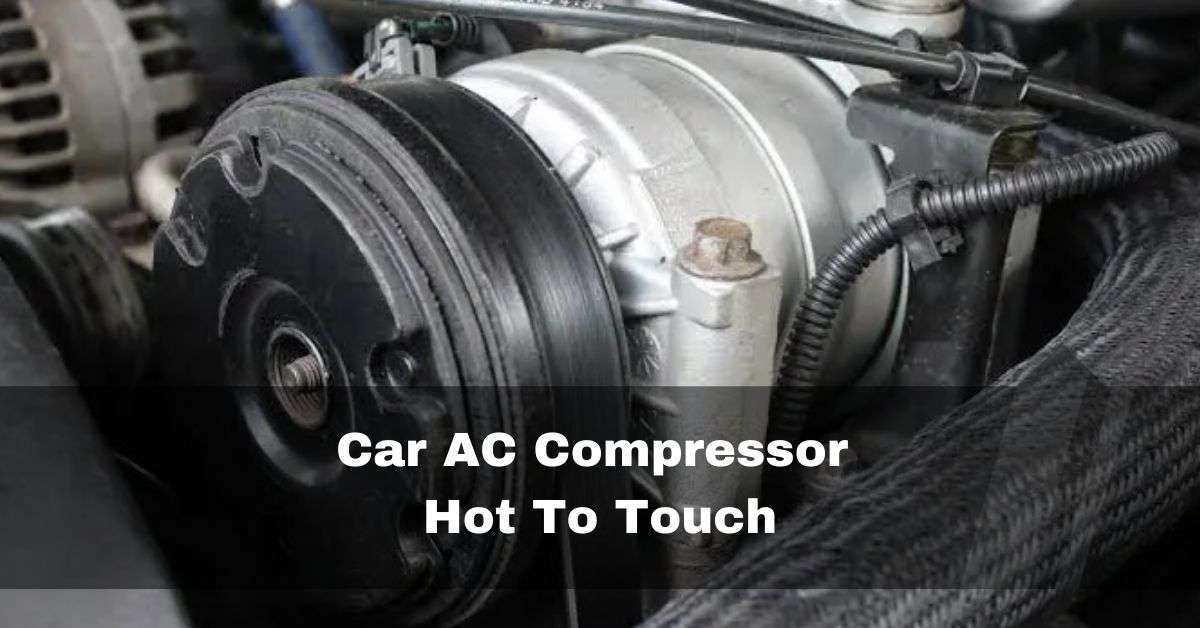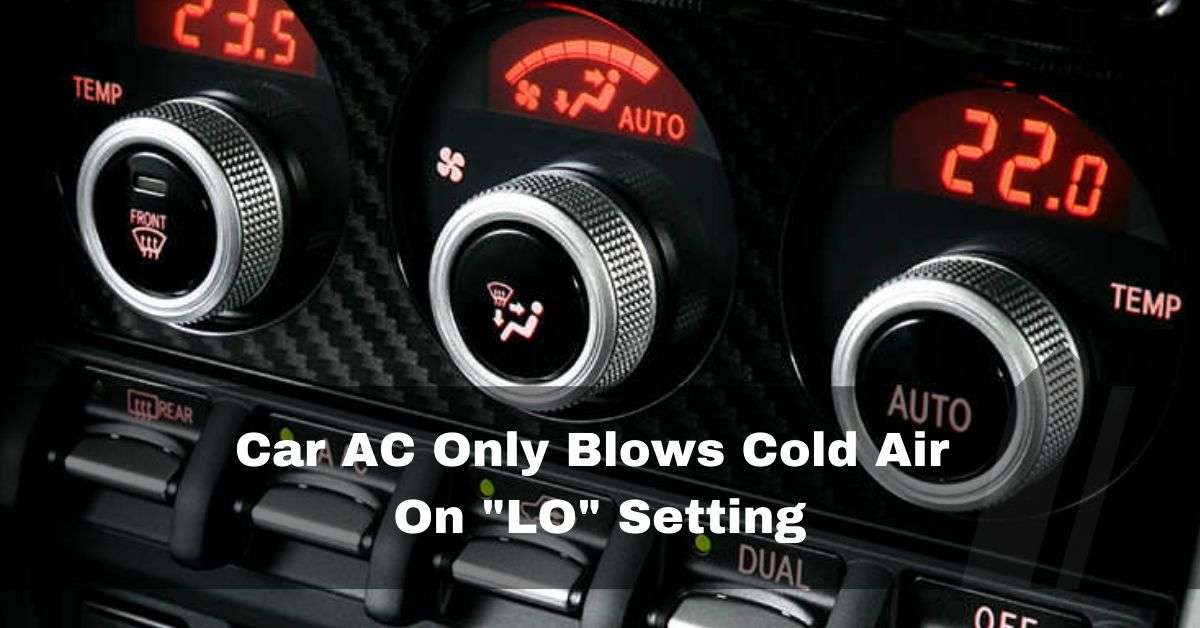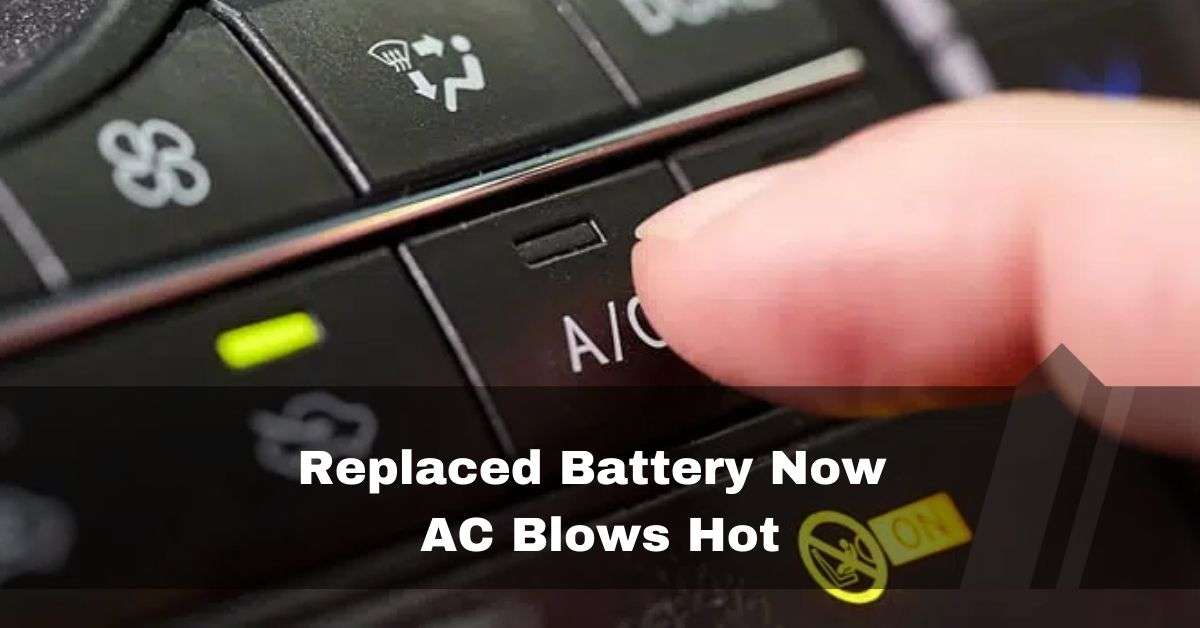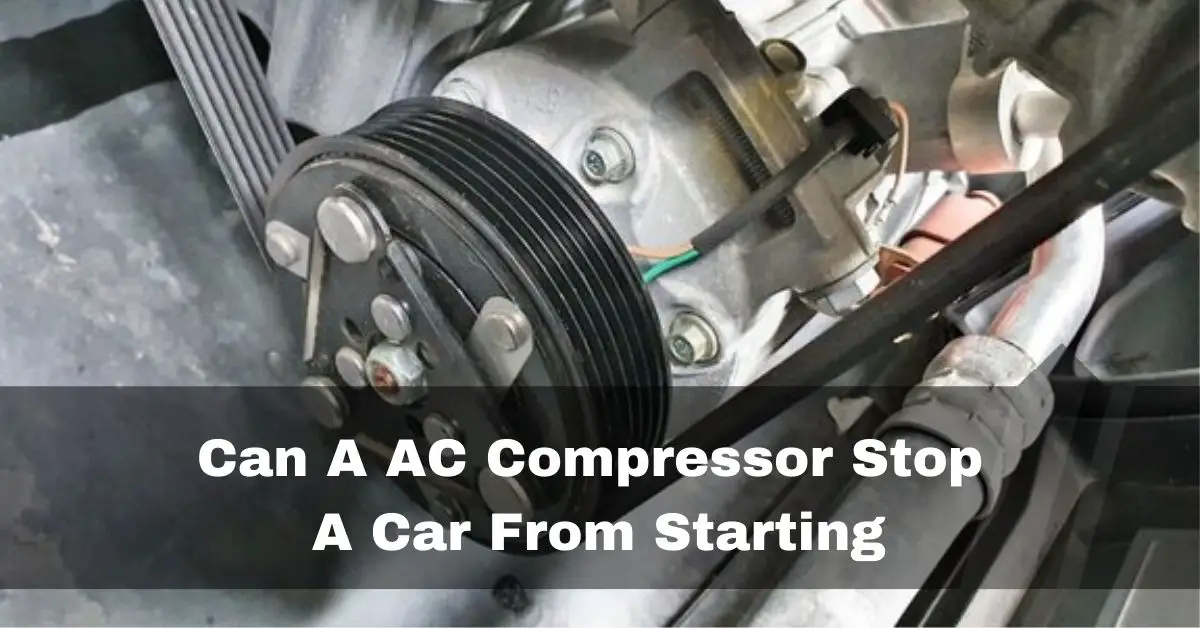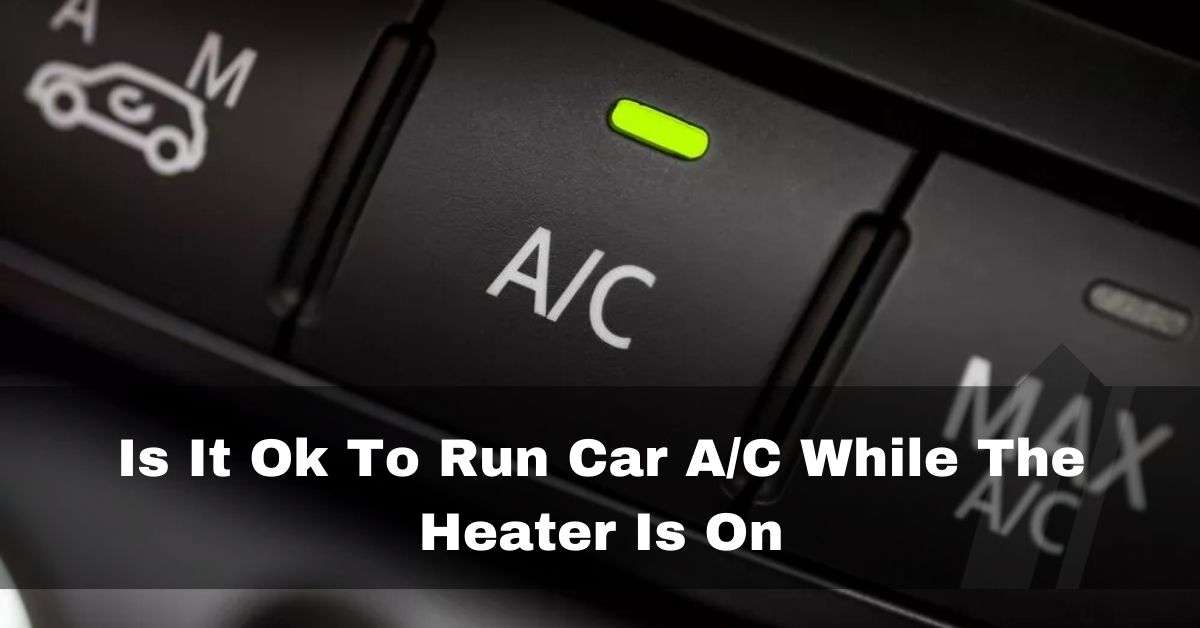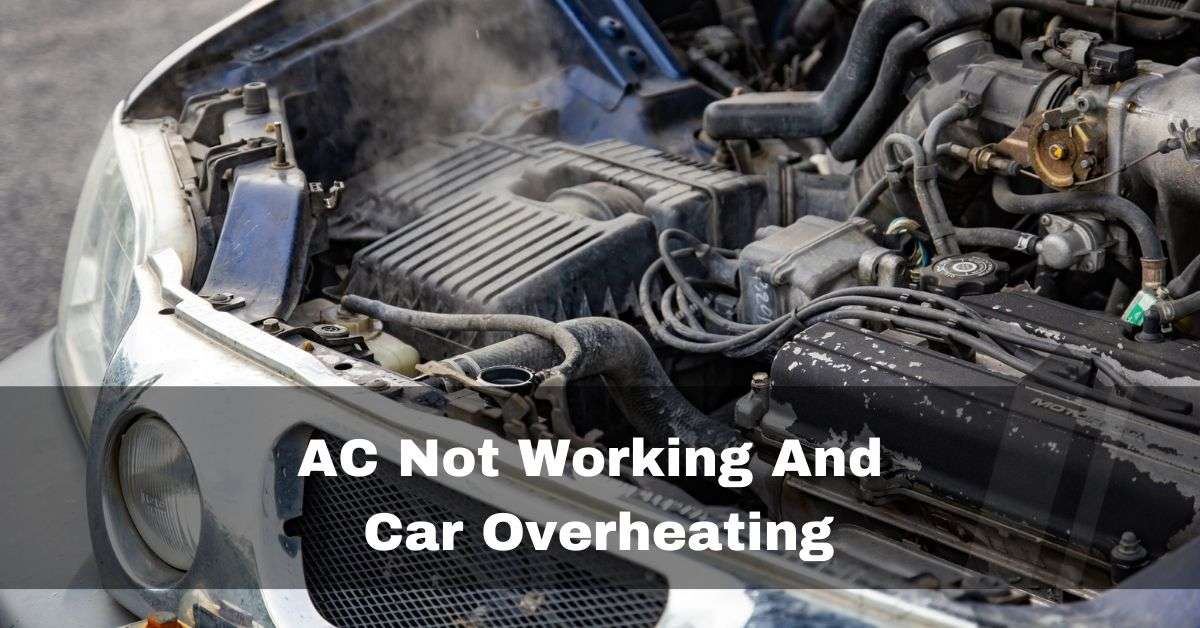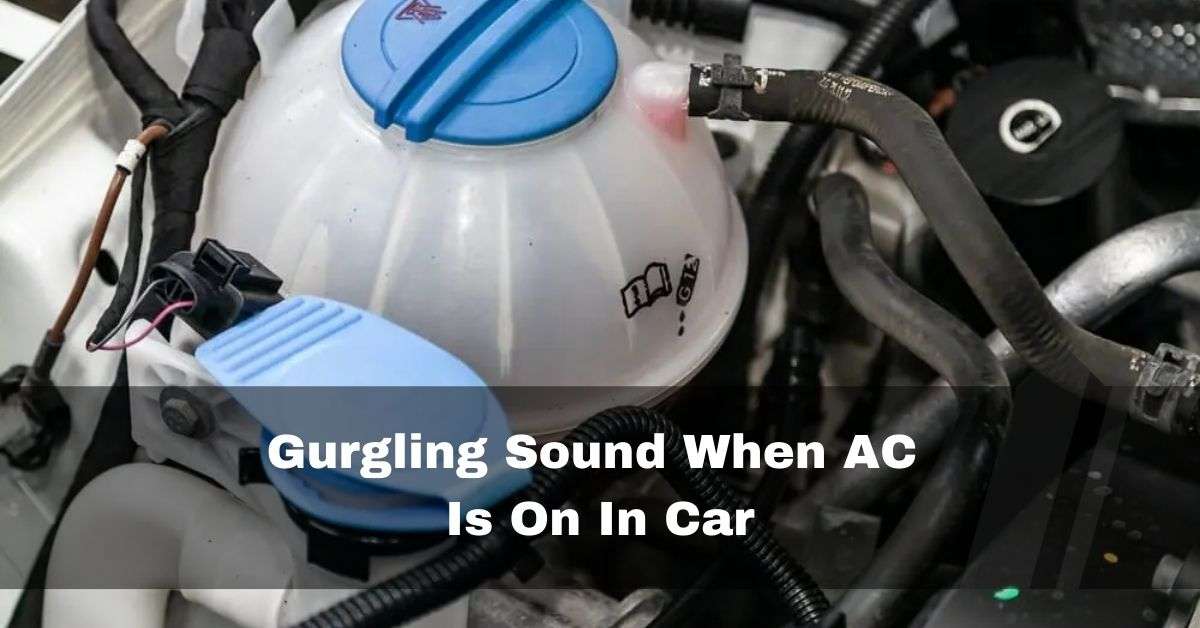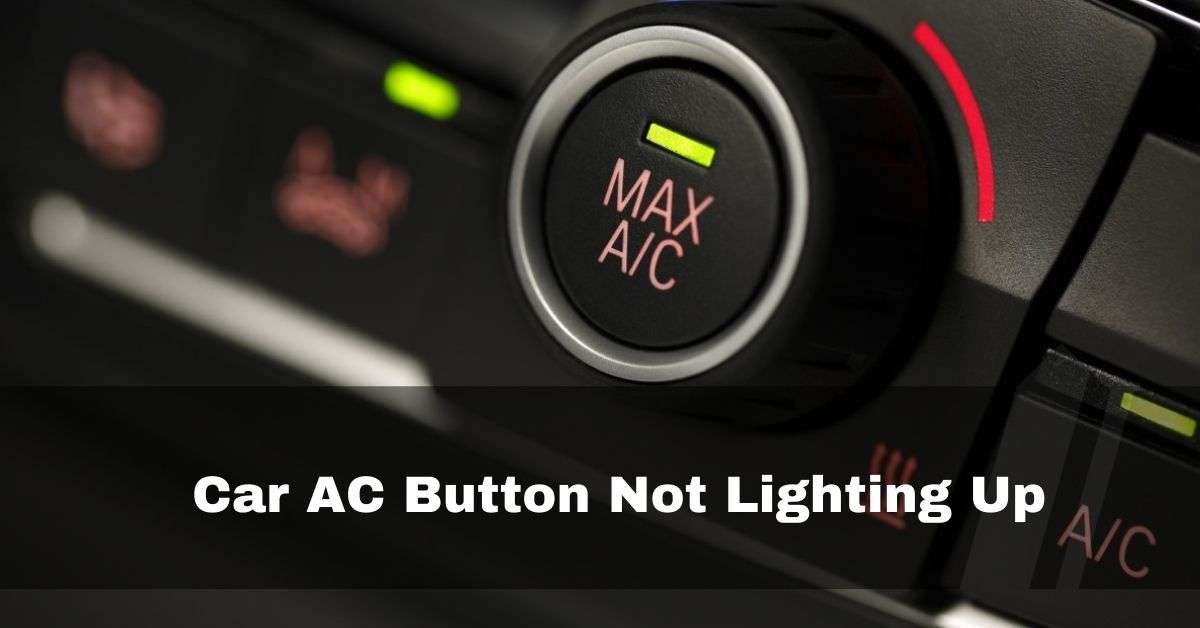On a scorching summer day, If your car AC is blowing air at 60 degrees Fahrenheit, it can be both uncomfortable and concerning.
Low refrigerant levels, a faulty compressor, a clogged condenser, issues with the expansion valve or orifice tube, and electrical problems can also lead to warm air circulation. If you put a thermometer in the vent, with the air on it should be blowing about 25-35 degrees colder the the ambient air temp,
In this article, we will explore the potential causes behind this issue and provide solutions to help you restore your car’s cooling system to its optimal performance.
Table of Contents
Why Does AC Blowing 60 Degrees? Common Causes Behind It:
1. Low Refrigerant Levels:
A vital part of the air conditioning system is refrigerant. The heat is released outdoors when it cools the cabin air after absorbing heat. Leaks in the design may happen because of worn-out seals, hoses, or connections, which can cause low refrigerant levels.

A steady depletion of refrigerant might also result from inadequate maintenance. Low refrigerant levels make it difficult for the system to adequately cool the air, which forces warmer air into the cabin, and the ac blows at 60 degrees.
To accomplish the needed cooling, the AC system’s compressor must work harder, which could eventually cause it to overheat and fail.
2. Faulty Compressor:
The air conditioning system’s “heart” is often called the compressor. Compressing the low-pressure refrigerant gas into a high-pressure, high-temperature gas is its primary job.
After entering the condenser, where it releases heat and transforms into a high-pressure liquid, the high-pressure gas continues to flow. The compressor won’t be able to pressurize the refrigerant adequately if it is broken.
Due to improper heat release and cooling, this might cause air to blow at a 60-degree temperature. Internal deterioration, worn-out parts, and electrical faults are typical compressor concerns.
3. Clogged Or Dirty Condenser:
At the front of the vehicle, the condenser performs the heat exchanger function. It disperses the heat that was absorbed from the cabin air outside. However, the condenser cannot adequately discharge heat if it is blocked by debris, dirt, or other impurities. As a result, the refrigerant is not sufficiently cooled, which causes warmer air to be blown 60 degrees into the cabin.

4. Expansion Valve Or Orifice Tube Issues:
The flow of refrigerant from the system’s high-pressure side to its low-pressure side is controlled by the expansion valve and orifice tube. By lowering the pressure, it enables the refrigerant to expand and cool.

The refrigerant might not expand as it should if these parts aren’t working correctly, which would impair cooling effectiveness. As a result, air may be blown at a too-high temperature.
5. Electrical Problems:
Relays, switches, and sensors are only a few of the electrical parts necessary for the AC system to operate correctly. For instance, a malfunctioning AC relay can interfere with the signal supplied to the compressor, leading it to perform improperly or not at all.

Warm air is pushed into the cabin when the compressor doesn’t function properly, jeopardizing the cooling process. In addition, erratic AC performance brought on by wiring issues might make it challenging to maintain a constant, pleasant temperature.
How To Fix Car AC Blowing 60 Degrees? Exploring Solutions:
1. Recharge The Refrigerant:
You should consider recharging the refrigerant if your car’s air conditioner produces warmer air due to low refrigerant levels. It entails supplying the system with the right amount of refrigerant. Finding the root cause of the low refrigerant levels is crucial, though.
Since refrigerant doesn’t degrade over time, low levels indicate that the system probably has a leak that needs to be addressed. Without correcting the leak, simply recharging will only offer transient relief.
It is advised to have the AC system checked for leaks before beginning recharge, and if any are found, the leaks should be fixed to prevent the refrigerant from escaping again.
2. Compressor Replacement:
If your air conditioner is blowing warmer air than usual, it may be necessary to replace the compressor. The sophisticated component known as the compressor facilitates the cooling process by pressurizing the refrigerant.

Ineffective cooling could result from a compressor not working correctly to compress the refrigerant. However, replacing a compressor is a trickier process that frequently requires specialized equipment and training.
You can do this yourself if you have experience with automobile repairs, but it’s crucial to follow the manufacturer’s guidelines and suggestions.
3. Condenser Cleaning:
The performance of your air conditioner can be significantly enhanced by routine condenser cleaning. The refrigerant’s heat is released in front of your car’s condenser. Heat dissipation may be hampered by accumulating dirt, debris, and insects over time.
Compressed air or a soft water spray can remove the buildup. It will promote the condenser’s ideal performance, enabling effective heat release and improving the cooling capacity of your AC. Car owners can typically complete this task with some essential tools and attention.
4. Expansion Valve Or Outlet Tube Replacement:
If problems with the outlet tube or expansion valve result in insufficient cooling, these parts might require replacement. These components are crucial to the cooling process and regulate refrigerant flow. If they break down, the refrigerant may expand improperly, resulting in less efficient cooling.

Due to the need to reach the AC system’s internals, replacing these parts may call for a moderate level of mechanical expertise. You can finish this task with the help of manufacturer instructions and maintenance manuals.
5. Electrical System Check:
Proper cooling requires checking that your AC system’s electrical components operate correctly. Inspect wiring, switches, and relays for evidence of deterioration or connectivity problems.

Electrical issues hurting your air conditioner’s performance can occasionally be fixed by simply reseating connectors or changing a bad relay.
Most people with a rudimentary understanding of electrical troubleshooting can undertake this activity because it typically requires something other than sophisticated mechanical knowledge.
Proper Auto AC Vent Temperature:
How cold should the air be coming out of the car AC vent? The efficiency of the system and external conditions determine the appropriate vent temperature for an automobile air conditioning (AC) system.
Typically, the AC should be able to lower the air temperature entering the cabin by 35 to 45 degrees Fahrenheit (1.7 to 7.2 degrees Celsius). However, this range may change depending on the climate, humidity levels, and general condition of the AC parts.

A vent temperature of 45 to 55 degrees Fahrenheit (7.2 to 12.8 degrees Celsius) might be anticipated during hotter days, such as those that are hotter than 90 degrees Fahrenheit (32 degrees Celsius). How well the AC can reach and maintain these temperature differentials depends on several factors, including humidity and system upkeep.
FAQs:
1. Why Does My AC Work Better When Driving Compared To Idling?
Air moves across the condenser more efficiently when the automobile is moving, which helps the refrigerant release heat. It may result in the cabin being filled with cooler air. Since there is less airflow when the engine is idling, the air from the vents may be a little warmer.
2. How Can I Improve My Car’s AC Performance?
The key is routine maintenance. Maintain adequate refrigerant levels, keep the condenser clean, and immediately address any problems. Use sunshades and shade whenever you can to prevent the cabin from overheating.
3. Can the AC Affect Fuel Efficiency?
Yes, utilizing the air conditioner can have a negligible influence on fuel economy, particularly while driving in cities. The difference is typically minor, and on hot days, the drag from open windows may cancel out the fuel-saving effects of the AC.
4. What Is The “Recirculate” Setting On My AC For?
Instead of consuming hot, outside air, the “recirculate” or “max AC” setting circulates the air inside the cabin. If used too much, it could cause the windows to fog up, but it might speed up the cooling process in the car.
5. Can I Use DIY AC Recharge Kits?
DIY AC recharge kits are available, but they must be utilized carefully. An overcharge of the system may harm components. Having a specialist identify the problem and carry out any necessary recharges is preferable.
Conclusion:
It can be annoying when a car’s air conditioner only blows air at 60 degrees, especially when it’s hot outside. You can get your car’s AC system back to peak functioning by being aware of the possible causes and making the necessary repairs. Taking prompt action will ensure you enjoy a comfortable and relaxed ride, regardless of the weather outside, whether it’s a refrigerant recharge, compressor replacement, condenser cleaning, or correcting electrical issues.


